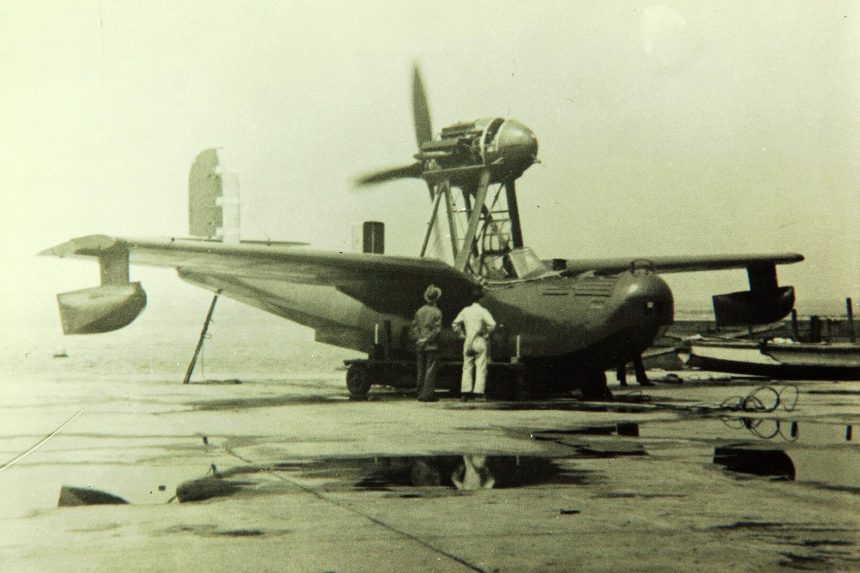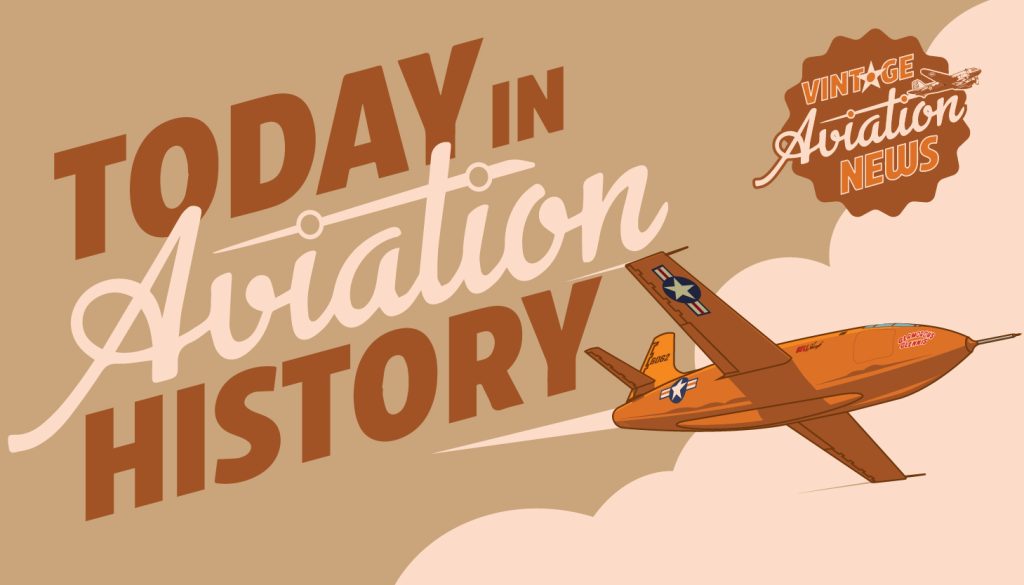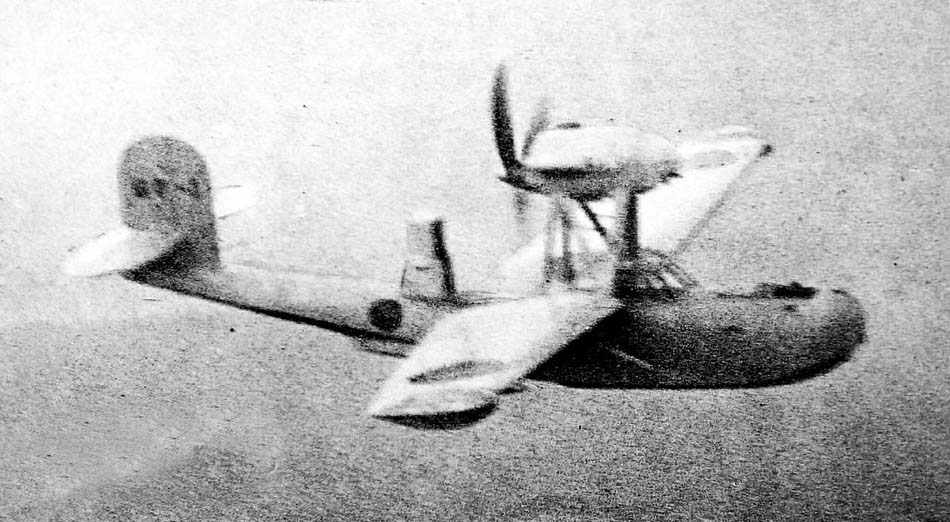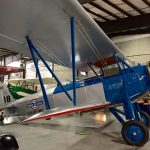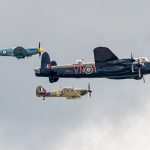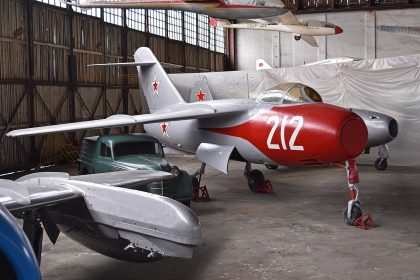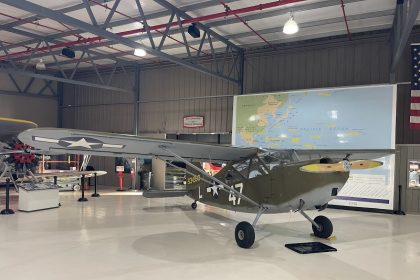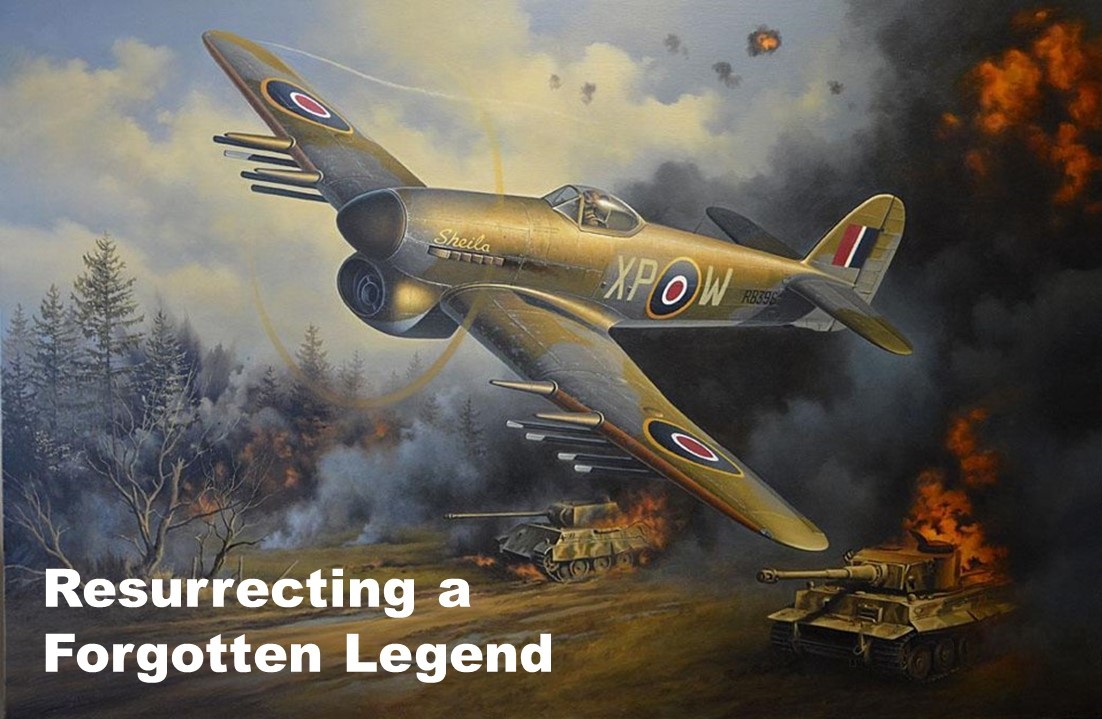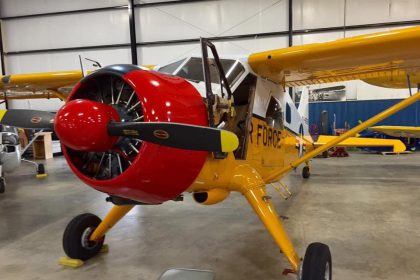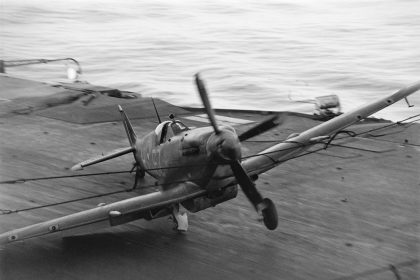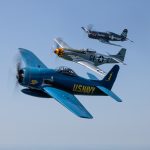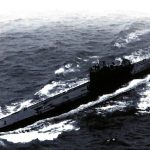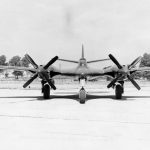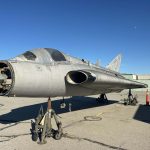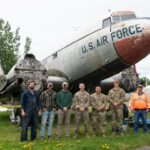Eighty-eight years ago, on June 11, 1937, the Kawanishi E11K took to the skies for the first time. This little-known Japanese flying boat marked an ambitious, albeit ultimately unsuccessful, step forward in maritime aviation. Designed as a night reconnaissance aircraft for the Imperial Japanese Navy (IJN), the E11K’s story is one of high expectations, technical shortcomings, and quiet service. The E11K—officially designated the “Experimental 11-Shi Special Reconnaissance Seaplane”—was developed to replace the aging Aichi Type 96 night reconnaissance flying boat. Its intended mission was to shadow enemy ships under the cover of darkness, relay their positions to submarines, and direct naval gunfire during night operations. Japanese military planners saw such roles as critical force multipliers in any future maritime conflict.
Kawanishi produced two examples of the E11K, which featured a distinctive pusher-style Hiro Type 91-1 water-cooled W-12 engine, rated at 620 horsepower. The aircraft had a maximum speed of 144 mph and cruised at a modest 81 mph, with an endurance of 8.4 hours and a range of 820 nautical miles—figures that made it theoretically well-suited to long-duration night patrols. However, in practice, the aircraft failed to meet expectations. Test pilots reported serious stability issues in flight and poor water handling—an unforgivable flaw for a flying boat. The overheating-prone Hiro engine only added to its woes. As a result, the Imperial Japanese Navy declined to adopt the type for operational use.
Instead, both prototypes were repurposed for use as transports during World War II, and re-designated the Type 96 Transport Flying Boat. Neither example survived the war, and no airframes remain today. Though the E11K was ultimately a footnote in aviation history, its story underscores the challenges of wartime innovation and the ever-evolving nature of aircraft design. Even failed aircraft offer valuable lessons, and remembering them ensures a fuller understanding of the era’s technological ambitions and operational demands.







